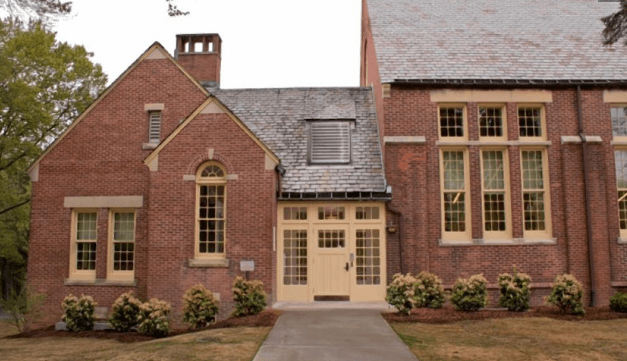Blog
Designing for Autism Addressed at Healthcare Design Expo & Conference

The 2015 Healthcare Design Expo & Conference was recently held in Washington D.C. One of the sessions was on Autism and how to design spaces specifically for these patients. The article below is from Healthcare Design Magazine and what they had to say about the session. To read more about this and other sessions from the Conference, click here.
“Can the physical environment influence behavior in a positive way?” That was the question posed to attendees at the Healthcare Design Expo & Conference in the session, “Healthy Environments for Autism.”
Specifically, speakers Cathy Lord, a clinical psychologist and director of the Center for Autism and the Developing Brain, and Jacques Black, president, DaSilva Architects, were talking about autism and the growing prevalence of the disorder over the last 20 years as awareness and diagnosis of the disease has grown.
“We need to become more sensitive to how to design environments for these people,” Black said.
Lord says the disorder is defined by how someone behaves and learns, and that patients often have other physical health issues as well as other intellectual disorders—all issues that need to be taken into consideration when approaching a design project.
In addition, she explained that treatment tries to focus on a person’s strengths and often involves a multidisciplinary approach with planned activities and goals that are designed to improve focus and attention, rather than sitting there and just observing.
“It involves a different type of space,” she said.
Lord and Black collaborated together in the design of The Center for Autism and Developing Brain, a partnership with New York – Presbyterian Hospital, Weill Cornell Medical College, and Columbia University and the New York Collaborates for Autism. The project involved converting the former men’s gym building in a landmarked behavioral healthcare building on New York Presbyterian’s White Plains, N.Y., campus.
Lord said it was important to create a homelike setting that addressed some specific needs of autism patients, including:
1. Noise control: Autistic patients are extremely sensitive to noise. To address this, the design for The Center for Autism incorporates staggered wall studs, dual ceiling and walls to ameliorate sound transmission, and carpeting and acoustic ceiling tiles to absorb sound.
2. Careful use of color : Both Lord and Black acknowledged that color is an important part of creating a less institutionalized care setting, however, it can’t be too bold or “visually loud” to cause distraction or agitation. The solution in their project was to use muted blues, greens, and yellows in a controlled fashion with the furnishings or as wayfinding. “Our center looks colorful without being overwhelming,” Lord said.
3. Purposeful design: Black says it’s important to include a range of experiences for patients, but cautions that autistic kids can be sensitive to certain textures. To address this concern, he said the center includes a range of touchable materials, including rubber flooring, matted walls, and wood surfaces.
Both speakers addressed the lack of available research or evidence-based-design (EBD) on the subject when they started the project and said they’ve had trouble getting funding to do any sort of data collection or POE on the center following its opening.
For now, they’re using feedback from parents and patient volume as an indication of the design’s success. The facility, which accepts health insurance, received more than 800 calls from interested parents the first month it was open.
“The positive environment plus the clinical program has made a difference,” Lord said.
Source: Healthcare Design Magazine







